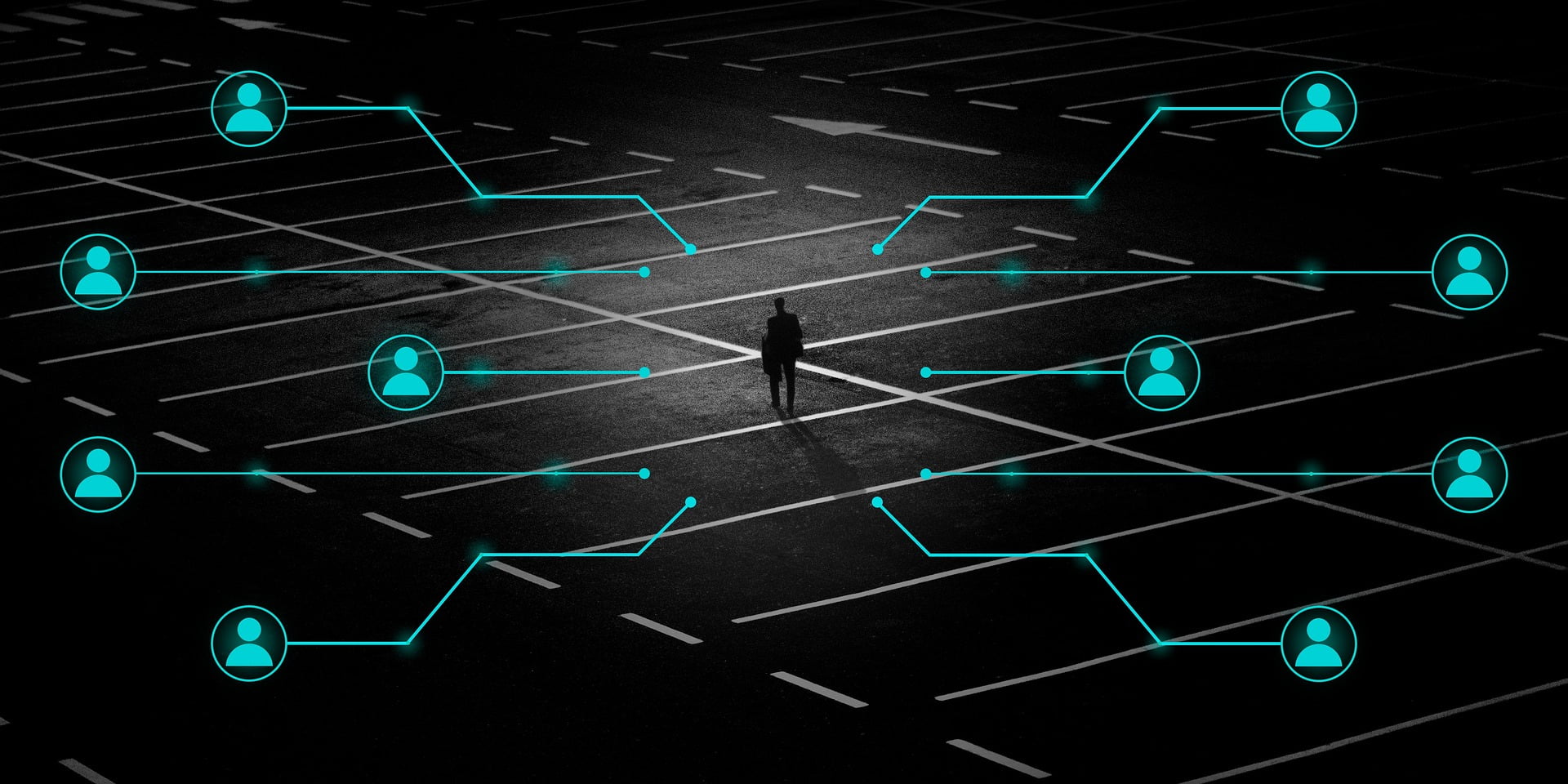1. Why is Cyber Security Important?

Types of Cyber Threats
In the contemporary digital landscape, criminals continuously evolve their tactics, resulting in a diverse range of cyber threats. Let’s delve into phishing, social engineering, and Man-in-the-Middle attacks.
Phishing
Phishing poses a significant risk, particularly within the healthcare sector, such as organizations like HHP. Cybercriminals craft deceptive emails resembling trusted sources, such as company executives or affiliated healthcare entities, employing familiar branding and language. These emails aim to deceive recipients into clicking on malicious links, potentially compromising sensitive data like patient information or login credentials, thus jeopardizing individuals’ privacy and security.
Social Engineering
Social engineering presents a notable threat within healthcare, notably affecting entities like HHP. This method involves manipulating individuals psychologically to divulge personal information, often manifesting through phishing techniques. Phishing exploits human trust and curiosity via deceptive emails or messages. Advanced social engineering tactics may include voice manipulation, where cybercriminals obtain voice samples from platforms like social media. By modifying these recordings, attackers can impersonate individuals to make calls to their contacts, potentially extracting sensitive data like credit card details. This highlights the critical need for vigilance and robust cybersecurity protocols within the healthcare sector, where safeguarding sensitive patient data is paramount.

Man-in-the-Middle Attack
Man-in-the-Middle (MitM) attacks typically occur when criminals intercept communication between two parties. For instance, attackers might position themselves between a public Wi-Fi network and an individual’s device while the individual is connected to the Wi-Fi. Through an unprotected connection, attackers can potentially access all of the victim’s information without detection. Hence, it’s crucial to only connect to secure networks, particularly when handling sensitive tasks.
